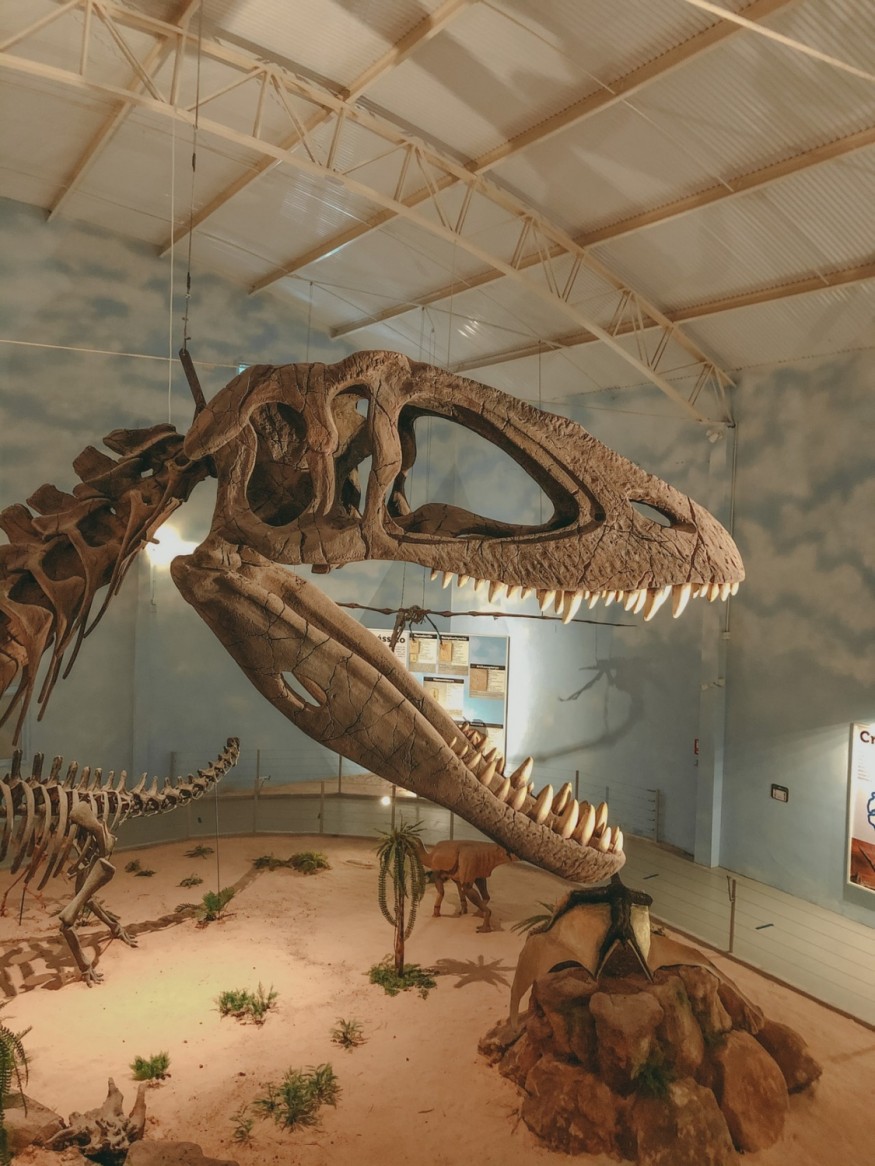Paleontology has helped unearth some of the mysteries of the past. We know now how species sounded eons ago, how dinosaurs cared for their young, and many more. But one question that remains unsolved is, what color ancients beasts were? For years paleontologists were unable to provide a definitive answer mostly because fossils rarely preserve pigments or color patterns.

In recent years, however, breakthroughs have helped dig up clues on pigments found in animals' feathers, hair, and skin. On the other hand, melanin has been found inside some animals prompting the question, what is their function inside the body?
In a new study, scientists discover the changes in melanin function over the course of millions of years, including why melanin made its way into mammal hairs and bird feathers.
Fossilized Melanin
In the 1980s, paleontologists studied a 47-million-year-old fossil and identified a microscopic sausage structure that resembles bacteria on today's decaying animal carcasses. For decades, similar structures found in vertebrate fossils were interpreted as fossilized remains of decaying bacteria. However, that wasn't the case.
In 2008, researcher Jakob Vinther recognized that the bacteria-like structures were in fact similar to melanosomes--pigments of melanin produced in cells that impart color tissues like hair, skin, and feathers.
The findings published in the Royal Society Publishing paved the way for studies of fossilized melanin that yielded dramatic reconstructions of colors of ancient birds, early fishlike vertebrates, fossilized mice, and even feathered dinosaurs.
Over the past decade, studies of coloration gave a glimpse into ancient animal behavior and feather evolution. Together with research on the chemistry and structure of fossilized melanosomes, experiments with simulations of fossil formation, scientists now have a better understanding of fossil records of melanin and melanosomes.
ALSO READ : Researchers Discover 'Exquisitely' Preserved Skull of a Dinosaur that Lived Over 70 Million Years Ago
Underneath the Skin
Most studies assume that fossil melanosomes came from outside tissues such as hair, feathers, or skin. However, a study in 2018 on modern frogs showed that melanin could be found inside the body, in their spleen, lungs, and liver.
One study showed that some animals had more internal melanin than in their skin, which was found to occur in some mammals, birds, and reptiles.
There is however, a difference between melanosomes from the skin and those found inside the body.
In a new study published in the journal Cell, researchers analyzed modern animals and fossils to model the evolution of melanin and its underlying function. The study reveals that a major transition in melanin evolution coincided with the evolution of warm-blooded lifestyles.
In warm-blooded vertebrates, most melanin occurs in feathers and hair, unlike their cold-blooded counterparts that mostly occur internally.
Melanin provides key advantages such as color production, antioxidant function, metal regulation, tissue strengthening, and protection from sunlight. However, producing and storing melanin in the body generates toxins that can damage both tissue and DNA.
When mammals and birds evolved hair and feathers, melanin was relocated to these dead tissues. This allowed them to protect their bodies from damage while still allowing melanin to fulfill its key roles. Avian and mammalian species evolved more sophisticated immune systems that simply didn't have a place for melanin inside the body.
Check out more news and information on Paleontology on Science Times.










